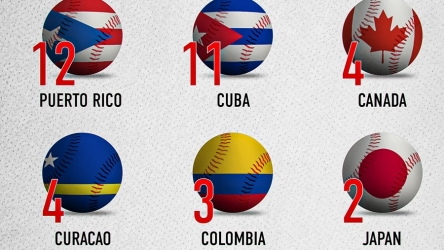
The tyres used by teams in modern Formula 1 (F1) racing bear very little resemblance to the tyres that most of us would recognise from everyday motoring. As with ordinary road cars, the tyres form the point of contact with the road surface and, as such, are one of the most important components on the vehicle. But that’s largely where the similarity ends.
F1 Tyre Types
One of the most surprising differences is that, unlike the huge range of choice available to motorists who order tyres online from specialist suppliers such as Avatyre, F1 teams and their drivers have only one brand of tyre available – at present, the Italian manufacturer, Pirelli. There are, however, six different tyre compounds available – four types of dry weather “slick” tyres, one intermediate tyre and one wet weather type. The dry weather slicks are smooth, with none of the intricate tread patterns with which most motorists are familiar. The benefit of slicks is that they maximise the amount of tyre surface which is in contact with the road surface at any time. The four different types range from the super soft option which delivers a high degree of grip, but at the expense of durability, through to the hard slicks, which are more durable, reducing the loss of time through tyre changes in the pits, but deliver less grip and therefore hold the road less well, with obvious consequences for cornering speed. The disadvantage of the slicks is that they’re prone to a build-up of water at the leading edge, leading to complete loss of grip, and are therefore almost useless in the wet.
The two types of wet tyres do have water repelling grooves, but nothing like the intricate tread patterns of ordinary road tyres. Nonetheless, the “wets” and “intermediates” are extremely effective in dispersing water. The “intermediates”, used primarily where the surface is damp but with no pools of standing water, can disperse up to 25 litres of water per second. The true wet weather tyres, as seen in the recent Japanese Grand Prix, can disperse a whacking 65 litres per second.
There are significant differences, too, in the useful performance life of F1 tyres compared with normal road cars. Although built to withstand significant stresses – up to 1 tonne of down force and 4g of lateral force, for example, – F1 racing tyres have a very short life. As motorists, we’d be disappointed to get less than around 10,000 miles from our car tyres. Their F1 cousins, however, are good for only around 70 miles. This is largely explained by their construction. While road tyres are built around heavy steel radial belts, F1 tyres are built on a relatively soft rubber compound superimposed on a weave of lightweight nylon polyester – strong, but relatively short lived.
It’s also worth mentioning that F1 tyres aren’t filled with air, but with primarily with nitrogen. This reduces the pressure variations which would otherwise occur as the tyre heats up during the race and also retains pressure longer than a tyre filled with pure air would be expected to do.
F1 Tyre Rules
There’s no denying it, the rules surrounding F1 tyres are pretty arcane. The FIA’s own F1 website gives a detailed explanation of the rules that apply to tyre use and tyre changes which makes for fascinating reading.
In summary, each driver has available a limited number of sets of tyres for each grand prix, including the practice and qualifying sessions, comprising seven sets of hard dry weather slicks (known as the prime tyres), six sets one of the three types of softer dry weather tyres (known as the option tyres), four sets of intermediates and three sets of wets. There are strict rules governing how these sets may be used during practice and qualifying sessions before return to the manufacturer, and all tyres are bar-coded to ensure compliance. During the race itself, drivers must use both types of dry tyre compounds or face disqualification. If the race is abandoned part way through, for any reason, drivers who have not changed tyres will be given a 30 second penalty. Clearly, if the race is driven in wet conditions throughout, this rule does not apply.
So next time you buy car tyres online, spare a thought for the F1 driver. He may get his tyres fitted in seconds, but at around £2000 per set, for 70 miles of driving, it’s hardly cheap motoring.
About The Author
Jonathan Phelps is a full time production engineer with a well-known UK subsidiary of a global car maker and a part time rally driver. Like many others, his entry to the sport was through Karting. Unlike the likes of Lewis Hamilton, however, he never made it through the ranks to the pinnacle of F1 racing.
His son Ed, however, is presently following in dad’s footsteps through local karting meetings and, who knows…







